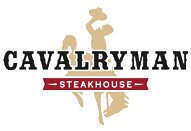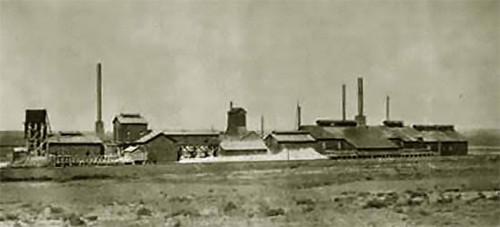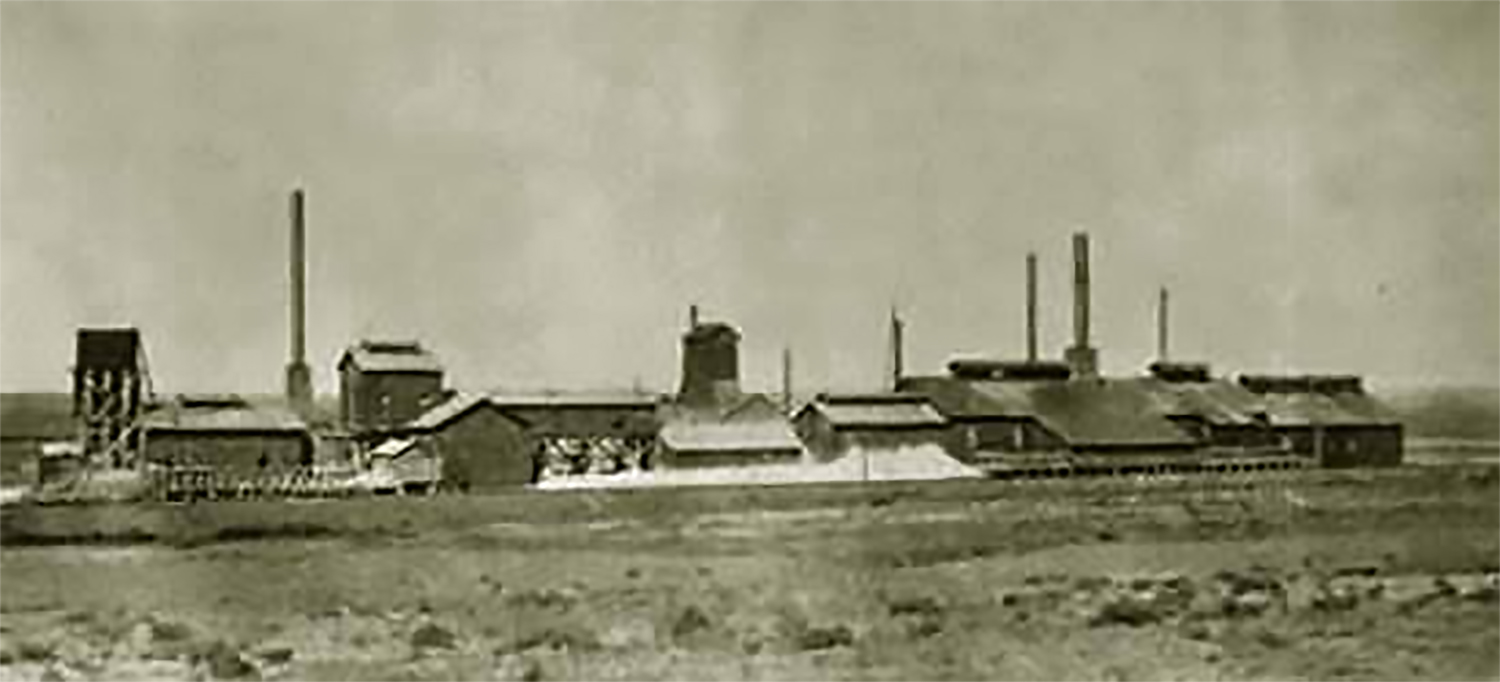Soda Bread Overland Trail – Laramie Sodaworks
Mary Ann Chapple Warner, Autobiography
….to Laramie, Wyoming, where we abandoned the freight car and started on the last lap of our journey to Utah by mule teams and covered wagons. Our wagon train was led by a capable man, John R. Murdock. The teamster of our wagon was Joseph Paine, a lad of 16.
We shared our wagon with another family making thirteen in the wagon, so it was impossible for us to ride except on rare occasions, when we were too tired to drag one foot after another. My mother and father took turns carrying a ten month old baby, my sister Emilie, all the way to Utah. I was six years old and my brother Harry was one year older when we crossed the plains and although we started out with light hearts, our enthusiasm wilted considerable before we arrived at our destination. On the sides of the wagon were the water barrels from which we got the water with which to quench our thirst but it was usually hot and not very tasty.
Our journey was a peaceful one, unmarred except by an occasional stray Indian. Despite the fact we saw only a very few Indians, a sharp look-out was kept so that we would not be taken by surprise in case of an attack. As we traveled along the dusty, hot trail, father often shot rabbits and other wild game so that we would have a change of diet. As evening drew near and the wagons were drawn into a circle for the night, I used to go out with the other children and fill my apron with buffalo chips for the fire. Then mother would start out to prepare our evening meal and make soda bread, which was as yellow as gold and tasted as bitter as gall. Never in her life before had mother baked bread, as in England a person took their bread to the baker and he baked it for one cent. It was no wonder that our soda bread was so bitter although I think now that is what kept us so well on the trip was the soda in the bread.
After the evening meal and when dusk had fallen, from somewhere came the sound of a violin being tuned and then a burst of merry melody. Dancing and singing usually followed blotting out for the time being the thought of the tedious toil that lay before us. Following this bit of welcome entertainment usually came story telling time. A huge circle was made around the blazing campfire, following a silence, then began the tales of previous happenings and deeds of the Indians. Blood curdling stories of massacres, scalping and raids of the Indians were recited, until the very blood in my veins ran cold and as I gazed beyond the cheerful light of the campfire, each sinister shadow seemed to conceal an Indian, hideously painted and half naked. So terrorizing were some of these stories, that I could hardly move. After the evening prayer, when silence claimed the camp and everybody was asleep, I often lay awake, afraid to even close my eyes.
Death kept pace with us from day to day and claimed many of the pioneers before we reached the Salt Lake City on August 19, 1868.
Warner, Mary Ann Chapple. Autobiography. In Works Progress Administration Biographical Sketches (Utah State Historical Society)
Learn more about the food and remembrances of the pioneers along the Overland Trail.


